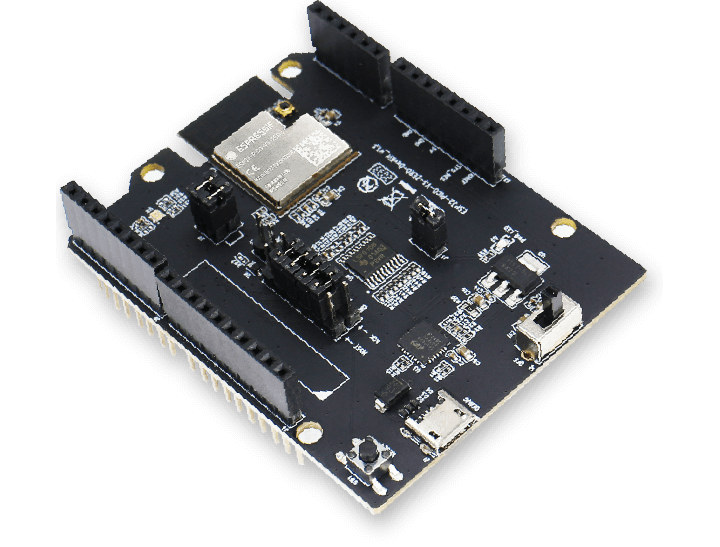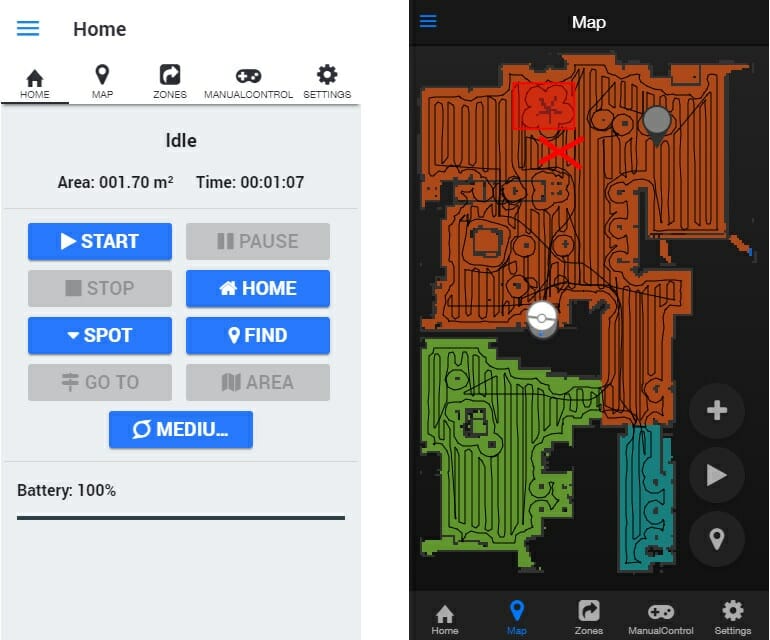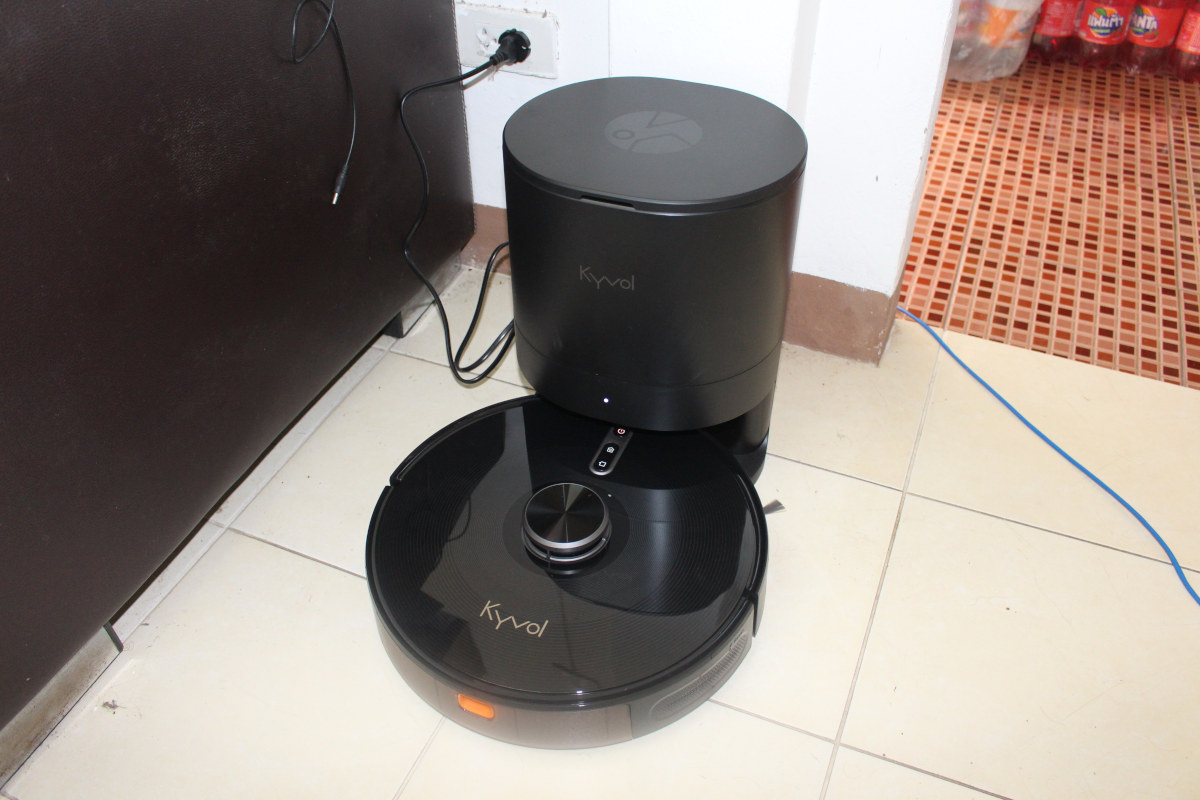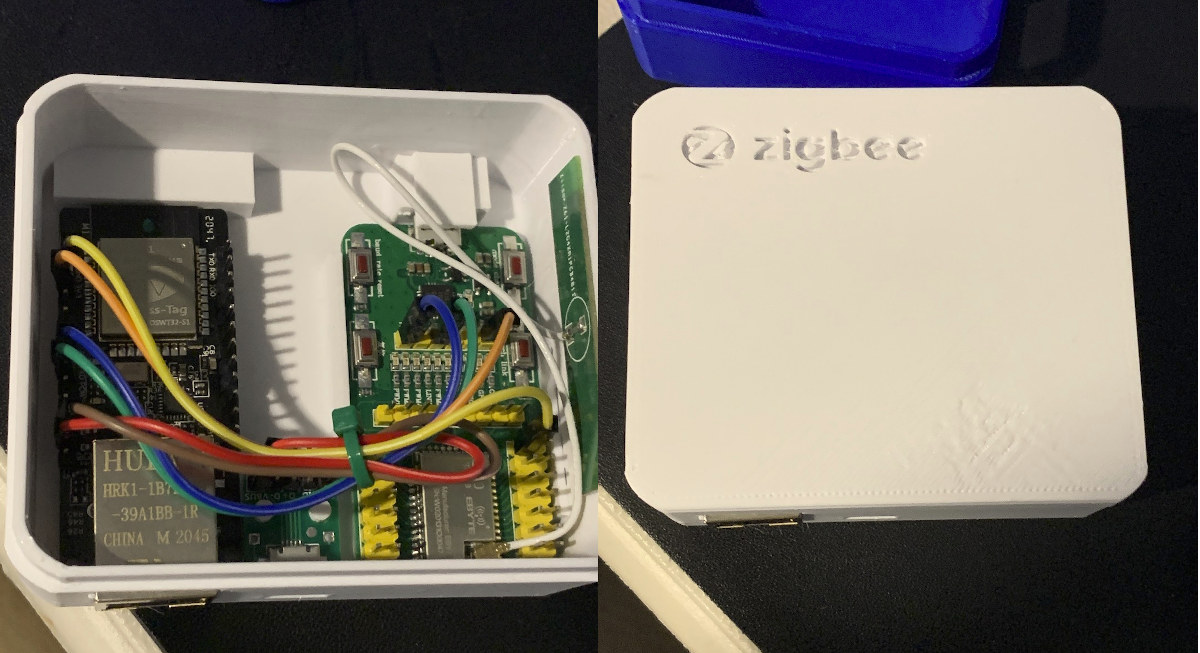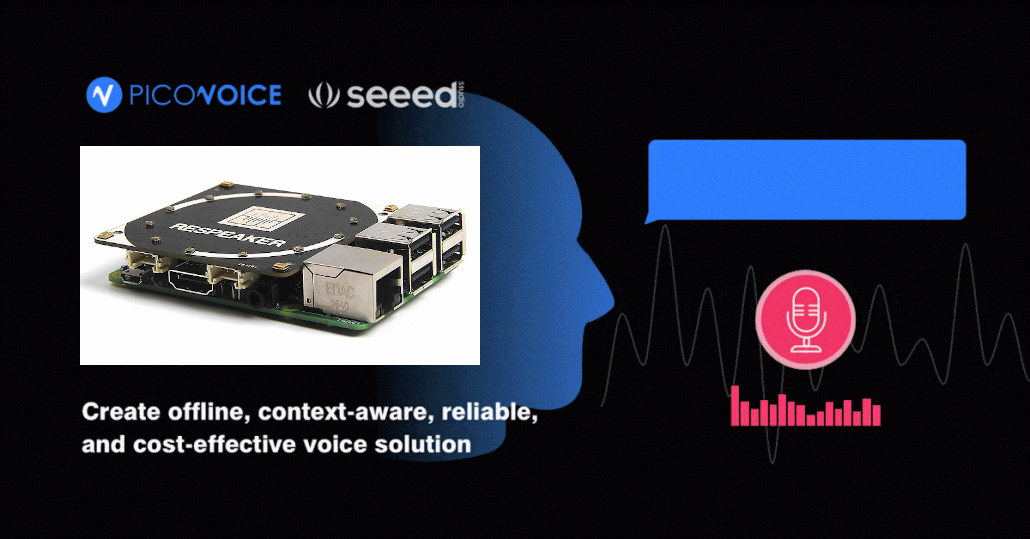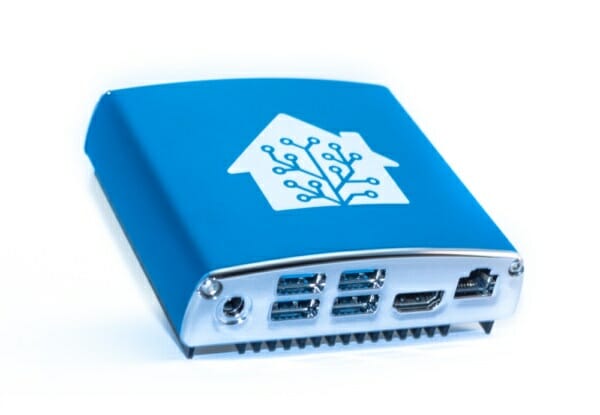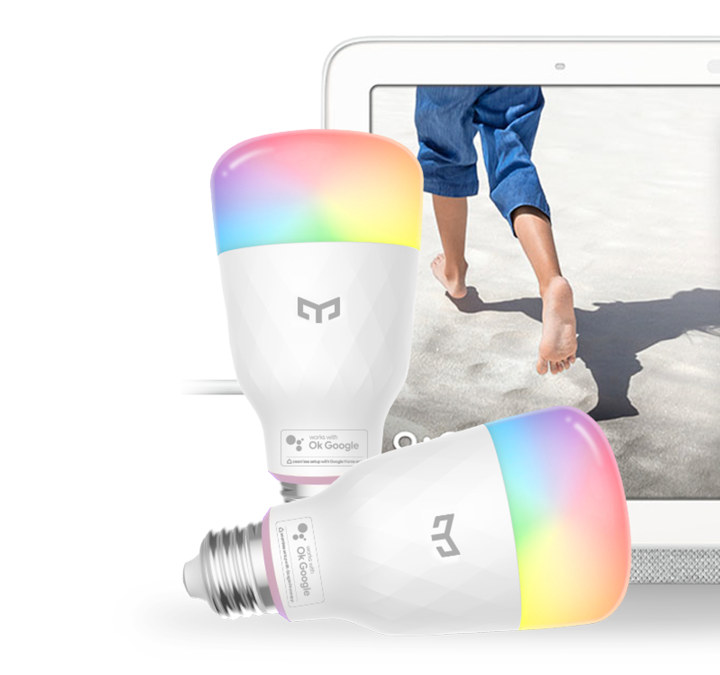NXP i.MX 6 and i.MX 8 processors are widely used in industrial boards and systems-on-module, and the company has now teased a new family with i.MX 9 processors integrating Arm Ethos-U65 1 TOPS microNPU, as well as the company’s EdgeLock secure enclave for increased security. The company did not provide that many technical details, so we still don’t know which CPU cores, GPU, and exact peripherals will be found in the processor. But we do know the i.MX 9 processors will be manufactured with a 16/12nm FinFET class of process technology optimized for low power, and features the “Energy Flex” architecture that combines “heterogeneous domain processing (independent applications processor and real-time domains with a separate low-power multi-media domain), design techniques, and process technology to maximize performance efficiency”. That means most blocks of the processor can be turned off for low power audio or CAN networking use cases, and other industrial […]
ESP32-PICO-V3-ZERO-DevKit targets Amazon Alexa Connect Kit (ACK) development
Last summer, Espressif and Amazon jointly announced the ESP32-PICO-V3-ZERO Alexa Connect Kit module providing out-of-box connectivity to ACK (Alexa Connect Kit) cloud services, support for features such as Alexa control, “Frustration-Free Setup” and Amazon Dash replenishment for connected devices. At the time, the module was still at the developer preview stage, and you had to create your own carrier board for the module. But now development has been easier with the companies launching ESP32-PICO-V3-ZERO-DevKit compatible with Arduino Zero development board. ESP32-PICO-V3-ZERO-DevKit specifications: Wireless module – Espressif Systems ESP32-PICO-V3-ZERO with ESP32-PICO-V3 System-in-Package (SiP) based on ESP32-V3 dual-core Xtensa LX6 WiFI and Bluetooth SoC, a 4 MB SPI flash, a crystal oscillator, filter capacitors, and an RF matching network. Expansion – Arduino Zero compatible pass-through headers Debugging – 1x micro-USB port Misc – Power & Status LEDs, Reset button, jumpers to route specific signals to the headers, DSN (Device Serial Number – […]
Valetudo is a cloud-free web interface for robot vacuum cleaners
In my review of Kyvol Cybovac S31 LDS smart robot vacuum cleaner, I noted that app permissions meant both the map of your house and GPS coordinates may be sent to the cloud. But it was pointed out to me that earlier LDS robot vacuum cleaners from Roborock/Xiaomi were supported by Valetudo project that removes the need to connect to the cloud, and implements a mobile-friendly web interface as well as MQTT support for integration with Home Assistant or Node-RED. The project is not a custom firmware for the robots, and instead, the stock firmware is patched with Valetudo which developers describe as an “alternative App implementation + mock cloud which runs on the robot itself.” The good news is that you don’t necessarily need to teardown your vacuum cleaner to root it and install Valetudo, but it will depend on the model, and manufacturing date/firmware installed. The less good […]
Cybovac S31 Review – A smart robot vacuum cleaner with visual SLAM support
I’ve been asked to review robot vacuum cleaners in the past but refused because they were quite basic with a simple vacuum function, obstacle detection, maybe a mopping function, and not much else. But Kyvol Cybovac S31 is different as it integrates a laser distance sensor (LDS) enabling visual SLAM to create a map of your house, and can be controlled with a mobile app for Android or iOS which ended up even more useful than I initially expected. S31 Smart Robot Vacuum Cleaner Unboxing The package was much bigger than I expected, mostly because the charging station also includes a dust bag where dust from the main unit is automatically vacuumed each time cleaning is complete. Key features of the system as shown above: LDS robot vacuum cleaner (main unit) 4 levels of suction power Cleaning modes – Auto, area, spot, edge Anti-drop and anti-collision features 2.4 GHz WiFi […]
DIY project creates Zigbee to Ethernet bridge with WT32-ETH01
We previously wrote about Ebyte E180-ZG120B-TB an inexpensive ($9.90) Zigbee 3.0 evaluation board based on Silabs EFR32MG1B Arm Cortex-M4 wireless MCU and the equally cheap ($7.78) WT32-ETH01 ESP32 Ethernet board. What do they have in common? Absolutely nothing! But GitHub user tube0013 decided to connect both boards over UART to create a Zigbee to Ethernet DIY coordinator/bridge running open-source firmware. The hardware also includes a Micro USB adapter for power, several 10cm jumper wires, and he/she also designed a 3D printed case. EZSP-Firmware is used for the Ebyte Zigbee 3.0 board, and ESPHome open-source home automation firmware for the ESP32 board. You’ll also need serial to IP code and ESPHome config. Note that flashing firmware to the Ebyte requires a programmer, and the developer used a J-link EDU Mini together with Silicon Labs’ Simplicity Commander. As mentioned above, a 3D printed case has also been designed, so everything is neatly […]
Picovoice supports custom wake word, offline voice recognition on Raspberry Pi
ReSpeaker 4-mic array is a Raspberry Pi HAT with four microphones that can work with services such as Google Assistant or Amazon Echo. It was launched in 2017. So nothing new on the hardware front. What’s new is the expansion board is now supported by Picovoice that works much like other voice assistants except it allows people to create custom wake words and offline voice recognition. Picovoice is described as an end-to-end platform for building customized voice products with processing running entirely on-device. It is cross-platform, is said to be more resilient to noise and reverberation, and thanks to running offline, it offers low-latency and complies with HIPAA and GDPR privacy regulations. The platform is comprised of two main engines: Porcupine lightweight wake word engine that supports custom wake words trained through PicoVoice console. The engine can listen to multiple wake words and is cross-platform with support for Raspberry Pi, […]
ODROID-N2+ based “Home Assistant Blue” announced as official hardware for Home Assistant
Home Assistant has announced “Home Assistant Blue” hardware with an enclosure designed by Hahn Werke housing Hardkernel ODROID-N2+ SBC, and software supported by BayLibre who helped upstreaming the code. The goal is to make Home Assistant Blue a fully open-source platform with long-life support. The device was officially announced during the Home Assistant Conference 2020 held a couple of days ago. Home Assistant Blue home automation gateway uses the 4GB DDR4 version of the Amlogic S922X SBC, ships with a 128GB eMMC flash module, and offers Gigabit Ethernet and four USB 3.0 ports. As I understand it, the gateway will run the latest Home Assistant Core 2020.12 that was announced at the conference with a new feature called Blueprints defined as “pre-created automation with user-settable options”, as well as new neural voices for Nabu Casa Cloud TTS (Text-to-Speech), the ability to temporarily disable devices, and more. The release was initially […]
Yeelight Smart LED Bulb M2 (Multicolor) Supports Google Home Seamless Setup
At the beginning of the year, I reviewed Yeelight Smart LED Bulb 1S with both the Yeelink Android app and Google Home app. The light bulb was one of the first to implement support for Google Home Local SDK which makes controlling the light bulb much faster but requires a Google Home compatible hardware platform such as Google Home Mini smart speaker. Using the light with Google Home app still required a Xiaomi account and go through some hoops, and that’s why Yeelight has now launched the Smart LED Bulb M2 (Multicolor) with support Google Home Seamless Setup. The Yeelight app is not needed anymore, and setup is easier with Google Home. All you need is a Google Assistant-enabled device like a Google Nest Mini or Google Nest Hub. Yeelight Smart LED Bulb M2 specifications: Bulb Interface – E26/E27 bulb Wattage – 8W Brightness – Up to 1000 lumens (equivalent […]



